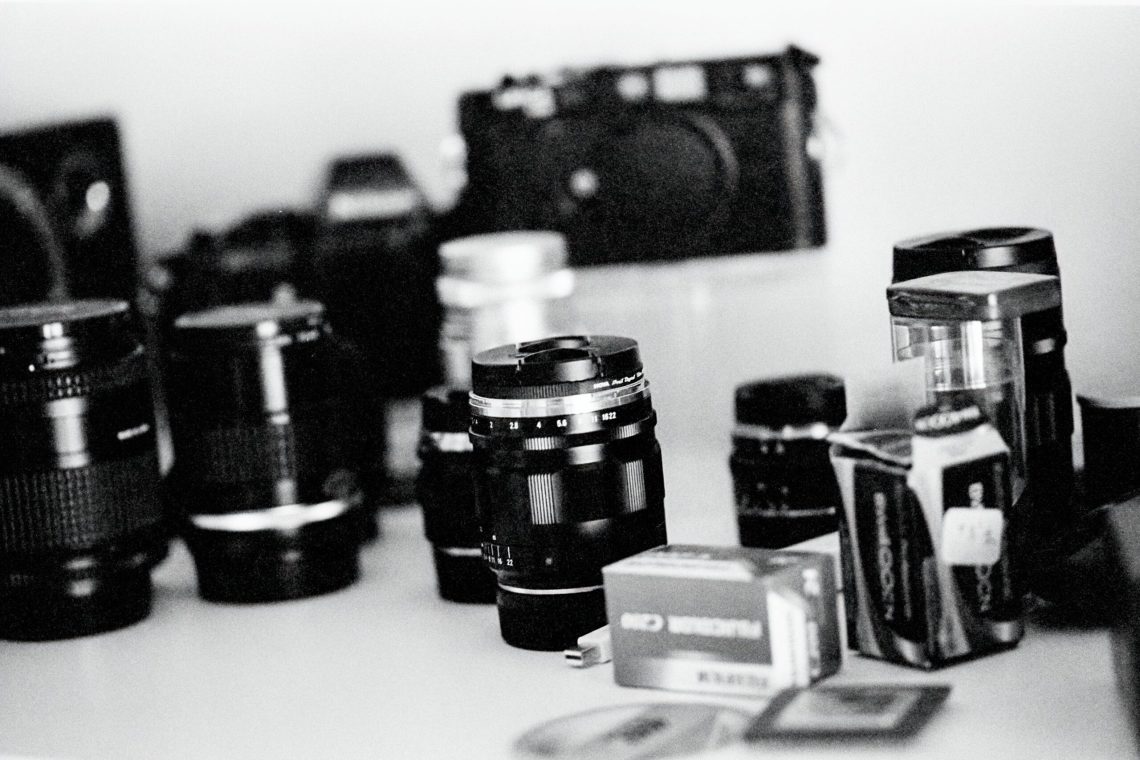
Why a Longterm Relationship (with your camera) Makes You Feel Good
There is no ‘forever’ in life (life included), and apart from more mundane matters, this is especially true of photography. In fact, the ‘infidelity rate’ that affects many relationships with cameras and lenses is only tamed by the money it takes to break them (and sometimes even the lack of money does not stop them from happening). But at least when it comes to photography, the tranquillity of a stable relationship has some advantages over the excitement of an ever-changing course.
From daily and continuous use comes confidence, and from confidence comes a Zen-like state of mind that makes the body to react automatically when the primal part of the brain ‘sees’ a photograph before the rational hemisphere even acknowledges it.
Take the case of cars. If you get a new one every three years or so because you’re trapped in the never-ending loop of (not really) long-term rental or other financial schemes that force you to keep changing, you won’t notice. But if you own (and drive) a vehicle long enough, you become ‘one’ with it. Bends, narrow roads, uneven surfaces, unpredictable events, challenging parks, effective brake and clutch handling… it all becomes second nature. It is you who drive the car, and not vice-versa.
Getting back to photography, if you don’t have to worry about the behaviour of the camera or lens, you have fewer things to think about before pressing the shutter button, so the mind is free to sail, unencumbered by irrelevant ballast, in search of the promise land where the perfect exposure lies, waiting to be discovered.
Of course this mumbling doesn’t imply that one should still be carrying around a wet plate camera (unless, of course, this is made on purpose). Progress is a good thing, and it is supposed to make life easier for photographers. However, progress is not linear, so not every change is per se an improvement. Moreover, there is no law – except the law of programmed obsolescence – that mandates constant upgrading of equipment. So, if what matters is the act of taking a photograph, the rule of thumb should be that change should happen when it has a purpose.
In short, as Jim Collins used to say, ‘change is good, but first, know what should never change’.




